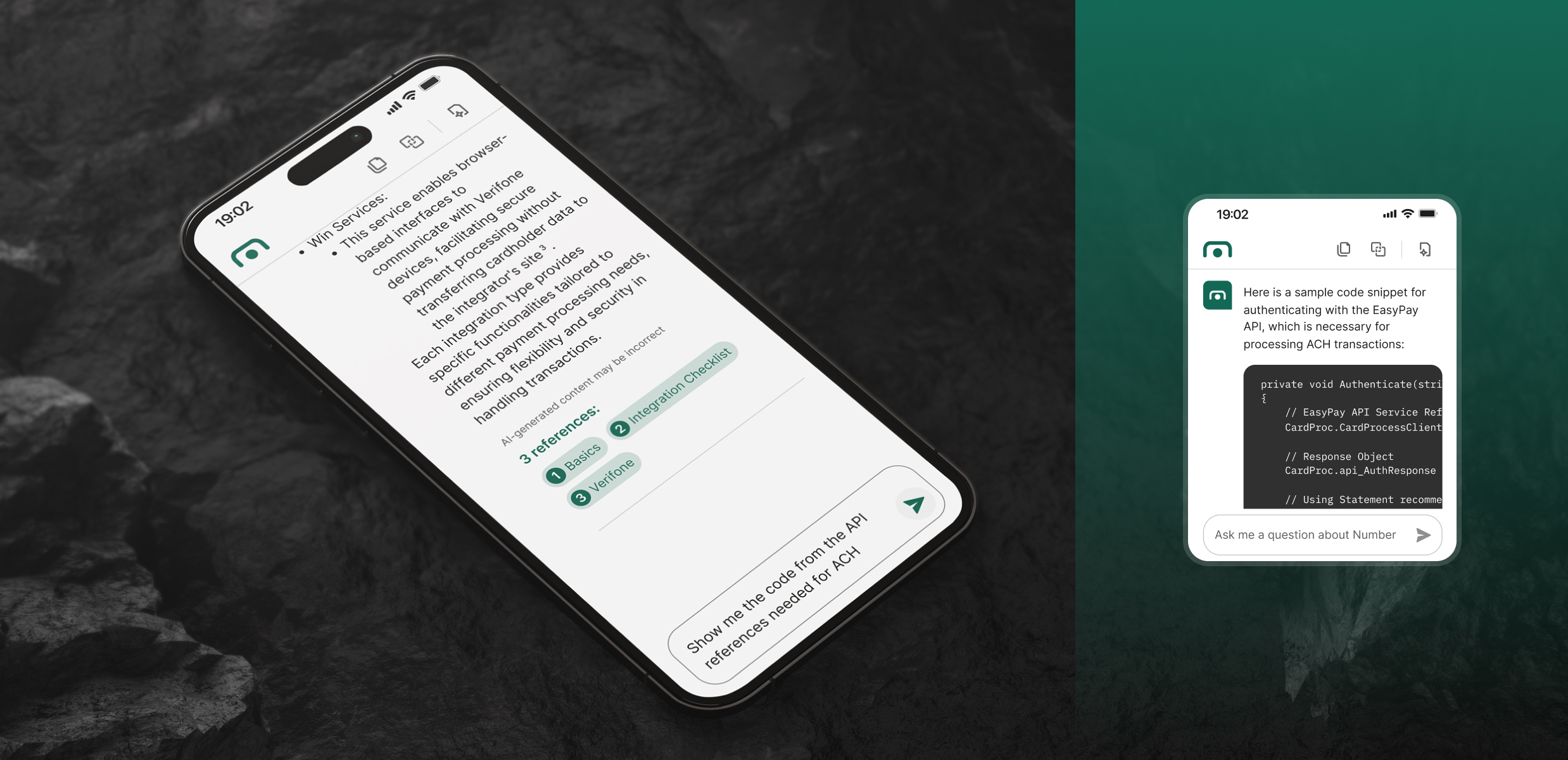Case Study
NCP
For the largest accounting and consulting firm headquartered in New England, we augmented their consulting services with software development know-how, to design and build a web application that supports the tracking and reporting of contracts and rate terms between a health insurance company and its providers, integrating multiple tools into one streamlined platform. The development of this user-friendly app, which enhances transactions, was made possible through the multi-year collaboration.
InsureTech
2020-now
Services
UX/UI Design and Design Sprints
Technical Discovery
Software Development
Software Architecture Consulting
Project Management & Agile Development
Technology Used
.Net Core
Angular
Oracle
Figma
Miro

Client feedback
The NCP App is an excellent solution. Impressed by the designs that were brought to the table and the level of sophistication and deep thinking the project team brought to the new phases.
Senior Consulting Manager

Challenges

Manual and time-consuming work
Our client's client is a health insurance organization that was handling non-claim payments using forms in Microsoft Access and spreadsheets in Excel. This process was insecure and tedious as it necessitated manual searches and edits of patient information.
Security requirements
As a healthcare application, it's vital to ensure HIPAA compliance to protect the security and confidentiality of sensitive health data. Identifying any non-standard requirements that may influence the operations or security measures of our system is equally important. The data backup is managed on the database server, providing secure storage and facilitating the recovery of crucial data when required.
Cross-software integration
Incorporating new tools into our app always presents a challenge. We begin by mapping out our existing knowledge and figuring out how we can establish the necessary connections between the new web application and other internal systems. After that, we proceed to the design phase. Despite the challenges, the integration of these new tools is highly beneficial to our end-users, as it provides them with all critical information in one convenient app.



Solutions

Design Sprints and brainstormings
We organize our development work in 2-week development sprints, but also complement this with 1-week design sprints. These design sprints are an integral part of our process for this cooperation. The sprints typically begin on a Monday, with a brainstorming session involving designers, developers, and the client's Product Owner to discuss the new feature. The ideas generated from this session provide the foundation for the design work carried out on Tuesday. By Wednesday, we conduct an internal design review with the developers and designers to refine and streamline the designs. Thursday is dedicated to further design work and iterations based on the review. The week concludes on Friday with a review session with our client, to ensure the designs meet the client's expectations and requirements. Technical research and architecture planning are critical stages in each design sprint as well. This involves evaluation of various technologies and techniques, coupled with strategic planning of the software's structure, to ensure efficient, scalable, and robust solutions.
Adopt DevSecOps practise: Integrating security through the development lifecycle
We prioritize security throughout the development lifecycle using DevSecOps practices. DevSecOps approach helps in identifying potential security issues earlier in the development process, making them easier to resolve. This process also provides insights into the adoption of tools and practices that can automate security checks and enhance the overall security posture of the entire development pipeline.
Comprehensive testing and audits
Quality Assurance (QA) plays a fundamental role in the success of this project by ensuring precision, reliability, and confidence. The activities performed by FM QA specialists during each sprint include analyzing project requirements to gain a deep understanding of the project's goals and objectives.
Detailed User Documentation
As such, our team is dedicated to creating comprehensive documentation that serves as a transparent guide for the users and our clients. This documentation covers everything from the broader project goals and objectives, initially analyzed and interpreted by our team, to the specifics of the application features. Each feature is documented in a manner that ensures its definition, completeness, and implementability are clear, providing our clients with an in-depth understanding of the project.
The documentation is not just a collection of data but a testament to our commitment to precision, reliability, and confidence in our services. Prepared with the utmost attention to detail, it builds a bridge of trust and understanding between our team and the client, making sure they are fully aware of every step taken in the project.

Results
Hire usAn app tailored to the needs of insurance company employees
Working in tandem with the client's team, our team committed to creating a secure custom application that meets user expectations. We efficiently executed user and comparative analysis, gaining insightful understanding of their routine tasks and pinpointing avenues for innovation. The application was designed and structured from scratch, embedding a variety of compelling features for users to benefit from. And of course with the DevSecOps approach and comprehensive QA testing we are able to quickly deliver new features that are robust and secure.





